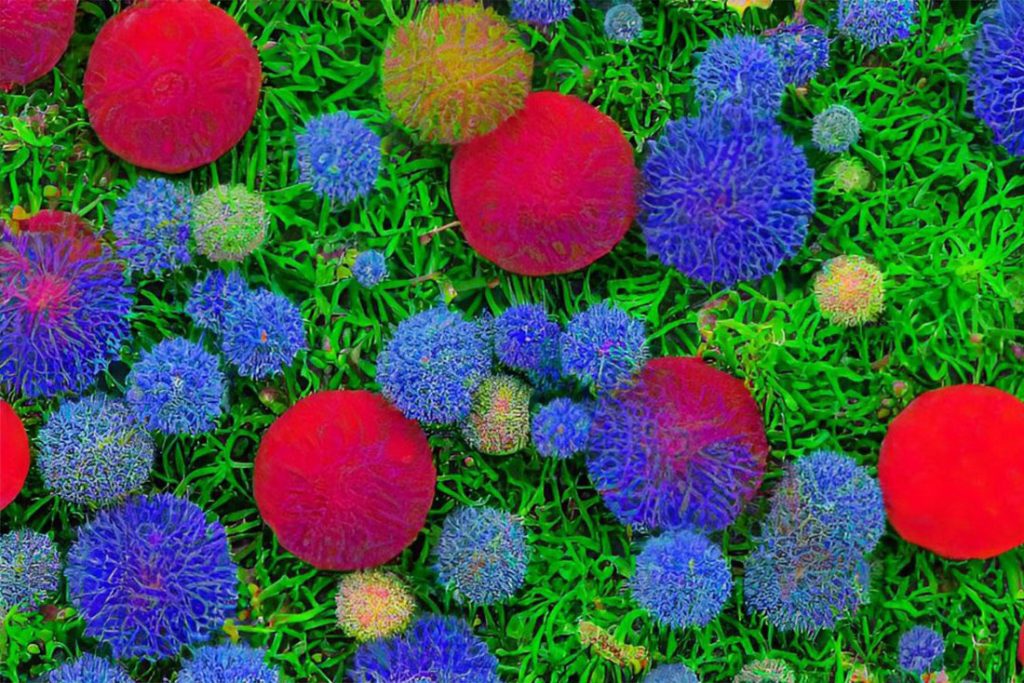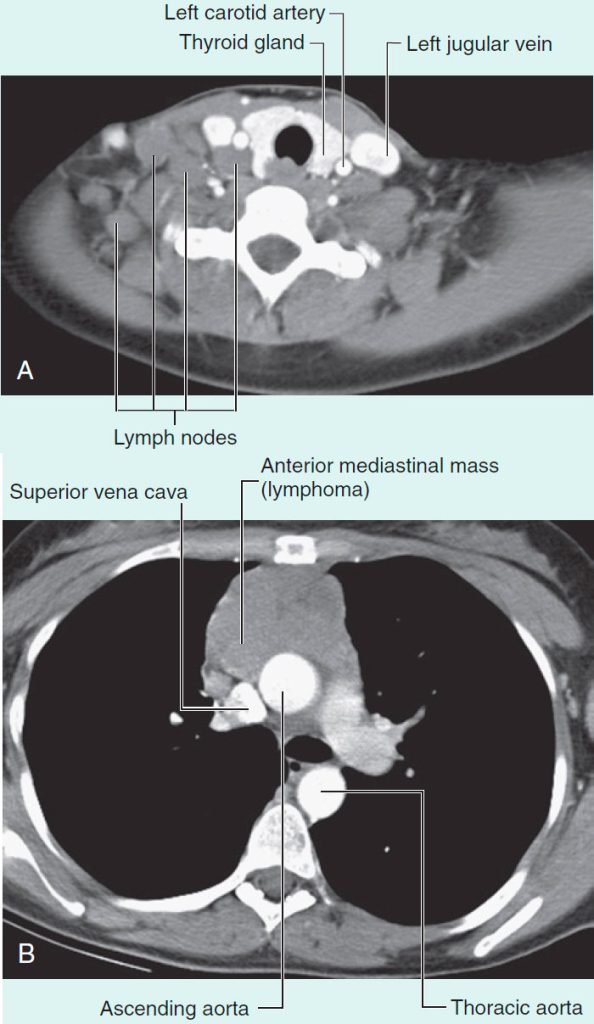Lymph Nodes: Guardians of Immunity and Disease Detection
Lymph nodes, small encapsulated structures found throughout the body, serve as essential components of the immune system. With their intricate internal structure and specialized cellular components, lymph nodes act as highly efficient filters that trap and process foreign particles, bacteria, viruses, and malignant cells. This article explores the significance of lymph nodes, their role in immune defense, and their clinical implications in detecting and combating diseases.

Guardians of Immunity and Disease Detection
Lymph Nodes: The Filters of the Immune System
Lymph nodes possess a distinctive honeycomb-like structure composed of reticular connective tissue. This framework creates a complex network of channels within the lymph node, which are filled with an array of immune cells, predominantly lymphocytes. Lymphocytes are a diverse group of white blood cells that play a central role in the body’s immune responses. Within the lymph nodes, lymphocytes carry out a wide range of functions, including recognizing and eliminating foreign invaders, such as bacteria, viruses, and abnormal cells.
Localized Immune Response: The Active Lymph Node
Lymph nodes have specific drainage patterns, receiving lymphatic fluid from specific areas of the body. When an infection occurs within a particular drainage area, the corresponding lymph node becomes “active.” In response to the infection, the lymph node initiates a cascade of events. Lymphocytes within the node multiply rapidly, generating an increased population of immune cells that are capable of fighting off the infection. Additionally, local production of inflammatory mediators occurs, contributing to the enlargement and tenderness of the affected lymph node. This response is a vital part of the body’s defense mechanism, as it helps contain and combat the infection at the site.
Malignancy and Lymph Node Involvement
In cases of malignancy, cancer cells can gain access to the lymphatic system and use it as a route for metastasis. Metastatic cells travel through the lymphatic vessels and may colonize the regional lymph nodes. As a result, the affected lymph nodes may become enlarged, inflamed, and palpable. The clinical significance of these enlarged lymph nodes varies depending on the specific context. If they are causing symptoms or if there is suspicion of malignancy, they may need to be surgically removed for further evaluation and treatment.
Lymph Node Enlargement and Systemic Diseases
Certain systemic illnesses can cause diffuse enlargement of lymph nodes. For example, viral infections can lead to the generalized swelling of lymph nodes throughout the body. Additionally, localized groups of lymph nodes can become enlarged in the presence of primary lymph node malignancies, such as lymphoma. These conditions necessitate further evaluation and management to determine the underlying cause and provide appropriate treatment.

In summary, lymph nodes are vital components of the immune system, acting as filters that capture and process foreign substances and malignant cells. Their ability to detect and respond to infections and malignancies makes them invaluable diagnostic indicators. By understanding the role of lymph nodes in immune defense and disease detection, healthcare professionals can better assess patients’ conditions and develop effective treatment strategies.











